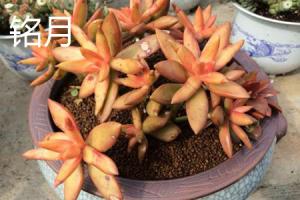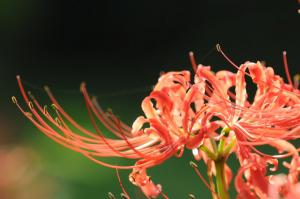Introduction
Plants are an essential part of our ecosystem, and they play a crucial role in regulating our climate. They help to balance the levels of carbon dioxide and oxygen in the atmosphere, and they also release water into the air. In this article, we will explore how plants release water into the atmosphere.
Transpiration
One of the primary ways that plants release water into the air is through a process called transpiration. Transpiration occurs when water is absorbed by the roots of the plant and transported up to the leaves. Once in the leaves, the water evaporates and is released into the air as a gas called water vapor. This accounts for up to 90% of the water that is released into the atmosphere by plants.
Guttation
Guttation is another process by which plants release water into the air. It occurs when excess water is pushed out of the leaves of the plant through tiny pores called hydathodes. This process usually occurs at night when the plant is not transpiring, and the excess water can build up in the leaves. Guttation is most common in herbaceous plants and is not as prevalent in woody plants.
Stomata
Stomata are small openings on the leaves of plants that allow for the exchange of gases and water vapor. During photosynthesis, the stomata open to take in carbon dioxide and release oxygen. At the same time, water vapor is released into the air through the stomata. Stomata play a significant role in regulating the amount of water that plants release into the air, and they can adjust their size based on environmental factors such as temperature, humidity, and light intensity.
Environmental Factors
Environmental factors such as temperature, humidity, and wind speed can all impact the rate at which plants release water into the air. For example, warmer temperatures generally lead to faster rates of transpiration, while high humidity levels can slow down the process. Wind speed can also increase the rate of transpiration by helping to remove water vapor from around the plant.
Conclusion
Plant release water into the atmosphere through a combination of transpiration, guttation, and stomata. These processes are essential for regulating our climate and maintaining a healthy ecosystem. Understanding how plants release water into the air can help us to better appreciate the role that they play in our lives and our planet.

 how many times do yo...
how many times do yo... how many planted tre...
how many planted tre... how many pine trees ...
how many pine trees ... how many pecan trees...
how many pecan trees... how many plants comp...
how many plants comp... how many plants can ...
how many plants can ... how many plants and ...
how many plants and ... how many pepper plan...
how many pepper plan...






























